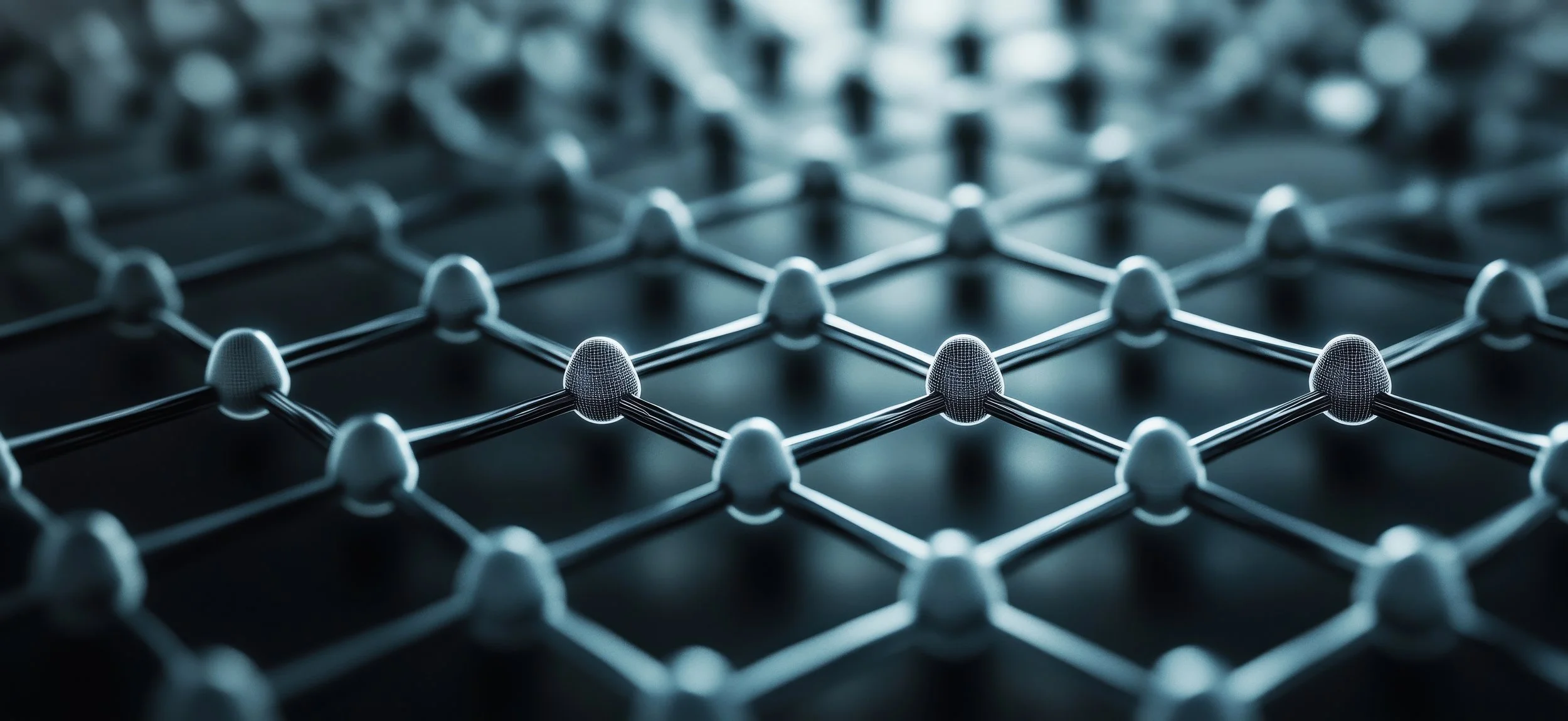What Are 2D Materials Good For?
This talk will present my (admittedly biased) perspective of what two-dimensional (2D) materials could be good for. For example, they may be good for applications where their ultrathin nature and lack of dangling bonds give them distinct advantages, such as flexible electronics [1] or DNA-sorting nanopores [2]. They may not be good for applications where conventional materials work well, like in transistors thicker than a few nanometers. I will focus on the case of 2D materials for 3D heterogeneous integration of electronics, which presents significant advantages for energy-efficient computing [3]. In this context, 2D materials could be monolayer transistors with ultralow leakage [4] (taking advantage of larger band gaps than silicon), used as access devices for high-density data storage [5]. For example, recent results from our group have shown monolayer transistors with record performance [6,7], which cannot be achieved with sub-nanometer thin conventional semiconductors. I will also describe some less conventional applications, using 2D materials as highly efficient thermal insulators [8] and as thermal transistors [9]. These could enable control of heat in “thermal circuits” analogous with electrical circuits. Combined, these studies reveal fundamental limits and some unusual applications of 2D materials, which take advantage of their unique properties.

